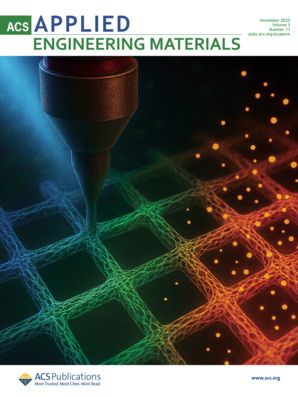
🇪🇪: TalTech| Ex: Tartu Ülikool; 🇸🇪: Karolinska Institutet, Chalmers; 🇯🇵: Kyutech; 🇮🇳: IITD
I’d like to invite everyone working on engineering living materials to share this starter pack. Please drop me a message or leave a comment if you like to join the #ELMs community. go.bsky.app/RinsDZh


@natsmb.nature.com. A wonderful team effort across the centromere community, across @jansenlab.bsky.social @naltemose.bsky.social @dfachinetti.bsky.social and Giunta labs. Happy reading! 1/4
www.nature.com/articles/s41...

@natsmb.nature.com. A wonderful team effort across the centromere community, across @jansenlab.bsky.social @naltemose.bsky.social @dfachinetti.bsky.social and Giunta labs. Happy reading! 1/4
www.nature.com/articles/s41...
Here we investigated the adaptive remodeling of a protein-protein interaction surface essential for telomere protection.
Congrats to whole team!
www.science.org/doi/10.1126/...

Here we investigated the adaptive remodeling of a protein-protein interaction surface essential for telomere protection.
Congrats to whole team!
www.science.org/doi/10.1126/...
pubs.acs.org/toc/aaemdr/c...
Thankful to all of our authors, readers, & reviewers!




pubs.acs.org/toc/aaemdr/c...
Thankful to all of our authors, readers, & reviewers!


AI researchers are pissed bc some AI research papers submitted to an AI conference by AI researcher colleagues is AI-written & many are AI-reviewed as found by an AI company's AI model, described in a paper for said AI conference. Said paper was also AI-reviewed (but deffo not AI-written)
go.nature.com/4pxUNyD

AI researchers are pissed bc some AI research papers submitted to an AI conference by AI researcher colleagues is AI-written & many are AI-reviewed as found by an AI company's AI model, described in a paper for said AI conference. Said paper was also AI-reviewed (but deffo not AI-written)




#MicroSky

#MicroSky
bioRxiv has always declined reviews/hypotheses b/c of concern about signal:noise and a wish to avoid subjective judgments. AI slop makes screening certain content similarly challenging so other servers are adopting new restrictions. Two thoughts... 1/3
/1
bioRxiv has always declined reviews/hypotheses b/c of concern about signal:noise and a wish to avoid subjective judgments. AI slop makes screening certain content similarly challenging so other servers are adopting new restrictions. Two thoughts... 1/3
With interdisciplinary research at the forefront, this new wave of PhD students will decipher the mechanisms by which organisms produce functional materials and regulate their properties 🔬
ℹ️ tu-dresden.de/tu-dresden/n...

With interdisciplinary research at the forefront, this new wave of PhD students will decipher the mechanisms by which organisms produce functional materials and regulate their properties 🔬
www.cell.com/cell/fulltex...
Key findings in a thread (1/6):

www.cell.com/cell/fulltex...
Key findings in a thread (1/6):
Topic: Synergistic coevolution in mono-specific and multi-species microbial consortia
Please RT or forward this information to interested candidates.
Deadline: 11.01.26
More info:
shorturl.at/f1TuF

Topic: Synergistic coevolution in mono-specific and multi-species microbial consortia
Please RT or forward this information to interested candidates.
Deadline: 11.01.26
More info:
shorturl.at/f1TuF

research.pasteur.fr/en/call/mid-...

research.pasteur.fr/en/call/mid-...
With elongation factors
Kinetic control
#ChromatinHaiku #SingleMolecule
www.nature.com/articles/s41...


With elongation factors
Kinetic control
#ChromatinHaiku #SingleMolecule
www.nature.com/articles/s41...


